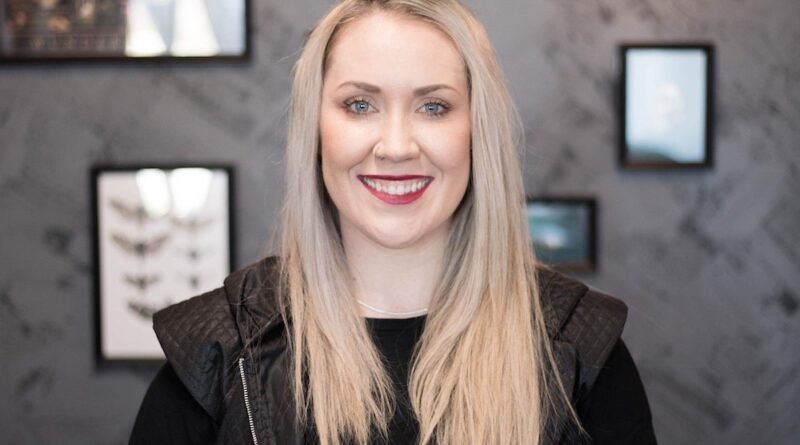Nipple Tattoos: A Comprehensive Guide to a Growing Trend
Nipple Tattoos: A Comprehensive Guide to a Growing Trend
Nipple tattoos have evolved from a niche cosmetic procedure into a powerful form of self-expression and body restoration. What started as a practical technique for reconstructive surgery patients has expanded into a broader cultural phenomenon. Today, people are embracing nipple tattoos for aesthetic, artistic, and personal reasons, making it a unique and multi-faceted form of body art.
This article delves into the various reasons people opt for nipple tattoos, the techniques used by tattoo artists, the healing process, the risks involved, and the profound emotional impact they can have on individuals.
The Origins of Nipple Tattoos
Nipple tattoos first gained widespread recognition in the medical community, primarily for use in breast reconstruction surgeries. After mastectomies, many breast cancer survivors sought ways to restore the appearance of their breasts. This is where nipple-areola complex (NAC) tattooing comes into play.
Tattoo artists, often collaborating with plastic surgeons, can create hyper-realistic nipples using shading techniques, color blending, and careful placement.
Why People Choose Nipple Tattoos
There are several reasons why individuals may opt for nipple tattoos, each one as personal and varied as the people themselves.
1. Reconstructive Needs
For many women and men who have undergone mastectomies or other breast surgeries, nipple tattoos provide a final step in the reconstructive process.
2. Artistic and Aesthetic Choices
As with traditional tattoos, some people opt for nipple tattoos as a form of artistic expression.
Artistic nipple tattoos can be floral, geometric, or even abstract.For others, the process is about highlighting and accentuating their natural features. This kind of tattooing blends aesthetics with body positivity, celebrating the body as a canvas for art.
3. Body Positivity and Empowerment
For some, nipple tattoos are about reclaiming ownership of their bodies.Nipple tattoos give individuals a chance to alter their appearance on their terms, reinforcing feelings of confidence and self-acceptance.
This can offer a more personal and private sense of empowerment, as only those closest to the individual may know about the tattoo.
4. Gender-Affirming Surgery and Transition
For transgender and non-binary individuals, nipple tattoos can be a crucial part of their gender-affirming journey. Those undergoing top surgery (a procedure often associated with gender transition) may choose nipple tattoos to reconstruct or redefine their chest area in a way that aligns with their gender identity.
Techniques and Styles of Nipple Tattooing
Nipple tattooing is a specialized skill that requires technical precision and an understanding of human anatomy. There are two main approaches to nipple tattoos: realistic and decorative.
1. Realistic Nipple Tattoos
Tattoo artists use shading techniques, color matching, and light to dark gradients to create a 3D illusion, making the nipple appear as lifelike as possible.
In some cases, artists may use a technique called “micro-realism,” which involves creating highly detailed, ultra-fine tattoos that replicate the subtle textures and color variations found in natural nipples.
2. Decorative Nipple Tattoos
Decorative nipple tattoos are more creative and artistic.Some popular decorative designs include mandalas, florals, vines, and geometric shapes that radiate from the nipple outward.
These tattoos are often colorful, intricate, and symbolic, allowing the individual to make a bold statement or express a deeper personal meaning through their body art.
The Healing Process
Like any tattoo, nipple tattoos require proper care and healing time.Here are some key points to consider for aftercare:
- Keep the area clean: Gently wash the tattooed area with mild soap and water to prevent infection.
- Avoid tight clothing: Wear loose, breathable clothing to reduce irritation and friction on the tattooed area.
- Moisturize: Apply fragrance-free, hypoallergenic ointments or lotions to keep the skin hydrated and support healing.
- Protect from the sun: Avoid direct sun exposure, as UV rays can fade the tattoo and irritate the healing skin.
Risks and Considerations
Nipple tattoos, like any other form of body art, carry certain risks.Here are some risks to be aware of:
- Infection: As with any tattoo, there’s a risk of infection if the aftercare instructions aren’t followed, or if the tattoo artist uses unsterile equipment.
- Allergic reactions: Some people may experience allergic reactions to tattoo ink, resulting in itching, redness, or swelling.
- Ink fading or discoloration: Over time, tattoo ink may fade, especially if exposed to sunlight or improper aftercare.
- Scarring: In rare cases, nipple tattoos can result in scarring, particularly if the skin is sensitive or if the individual has a history of keloid formation.
The Emotional Impact of Nipple Tattoos
Whether the tattoo is born from necessity, artistry, or empowerment, the emotional impact of nipple tattoos should not be underestimated.
Conclusion
Nipple tattoos have become a transformative form of body art, evolving from a reconstructive necessity to a broader medium for artistic expression and personal empowerment.
